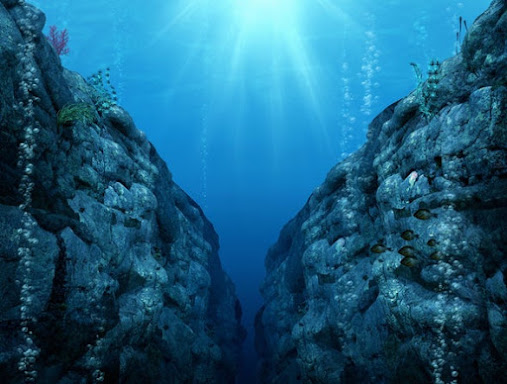Challenging The Deep: The 7-Mile Deep Mariana Trench
Mariana Trench, just known because it is the deepest part, or does it hold any deepest secrets. Or is it popular because only 3 humans have successfully reached the bottom of it?
Diving to these deepest points is known as the "Challenger Deep". The first dive has been done in 1960 successfully by oceanographer Don Walsh reaching about 35814 ft. Over 50 years later, Canadian Explorer the famous writer and director "James Cameron" (popularly known for the films "Titanic" and "Avatar") took the first solo dive and reached the depth of 35787 ft.
Located in the Western Pacific Ocean about 200 kilometers east of the Mariana Islands. The Mariana trench Measures about 2550 km in length and 69 km in width.
Why is it known as the deepest trench?
One reason the Mariana trench is so deep is the result of the subduction zones. Where one part of the sea bed in this case the Pacific plate dives beneath the other, the Philippine plate. Though tectonic plates eventually wrap the Pacific plate into the Earth's interior, they have to bend downward which are very gentle.
Another reason is the Western Pacific ocean is the home for the oldest seafloor which is around 180 million years old. The seafloor is formed as lava at mid-ocean ridges, when lava is warm it rides high on the underlying mantle but when it cools and becomes dense, it settles down lower - as in the case with Mariana Trench.
Is there life beneath the Mariana Trench?
At the bottom of the trench-like Mariana, there is no light, the water is freezing cold, the pressure at is unendurable, yet life endures at these depths. The combination of cold and pressure has strange effects on animal bodies. The animal cells are surrounded by fatty membranes that need to be in liquid to transmit nerve signals.





Comments